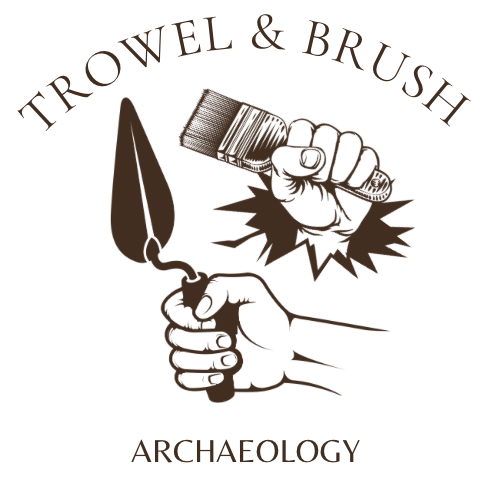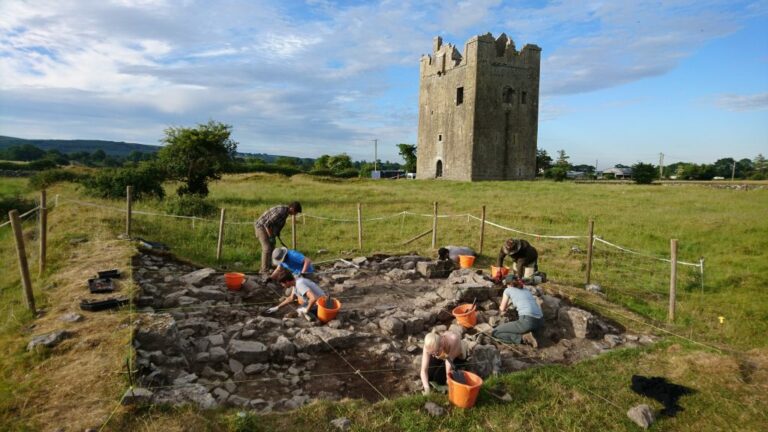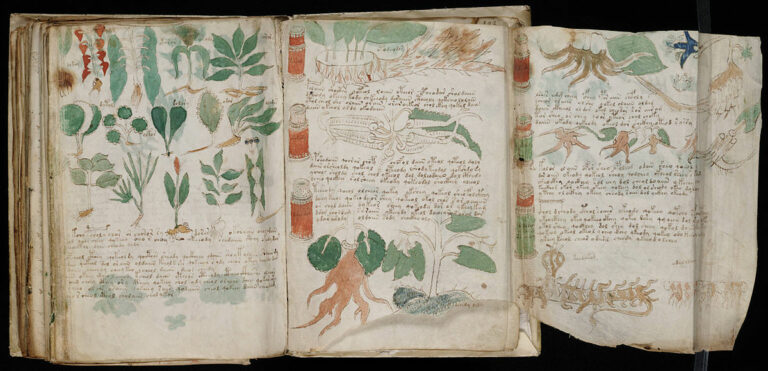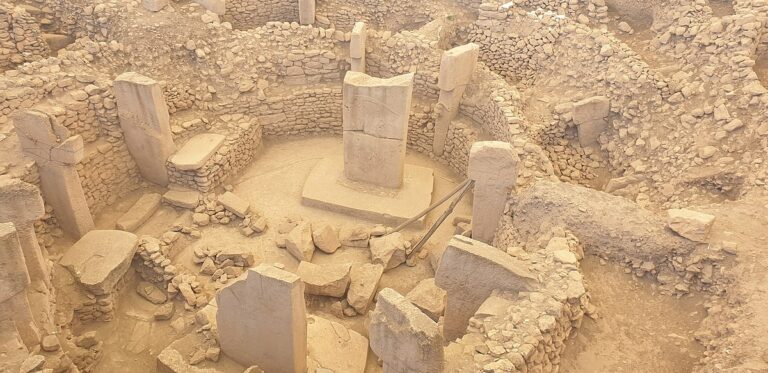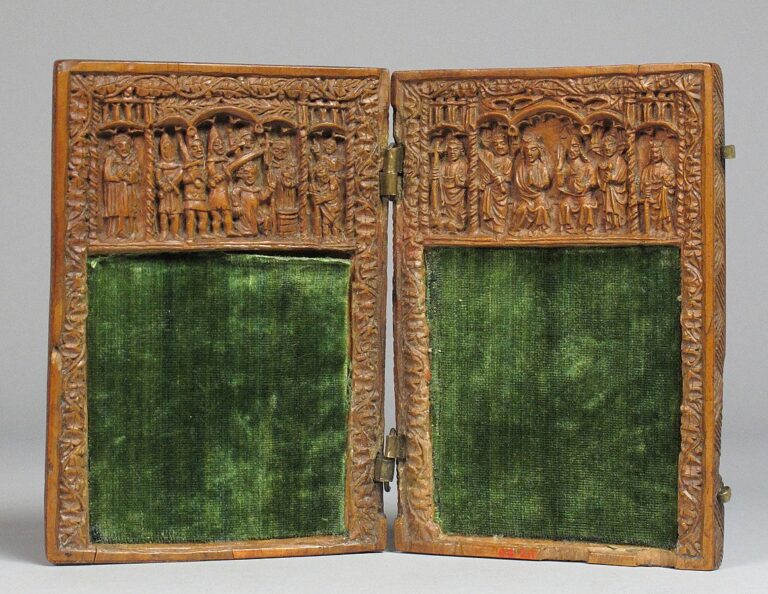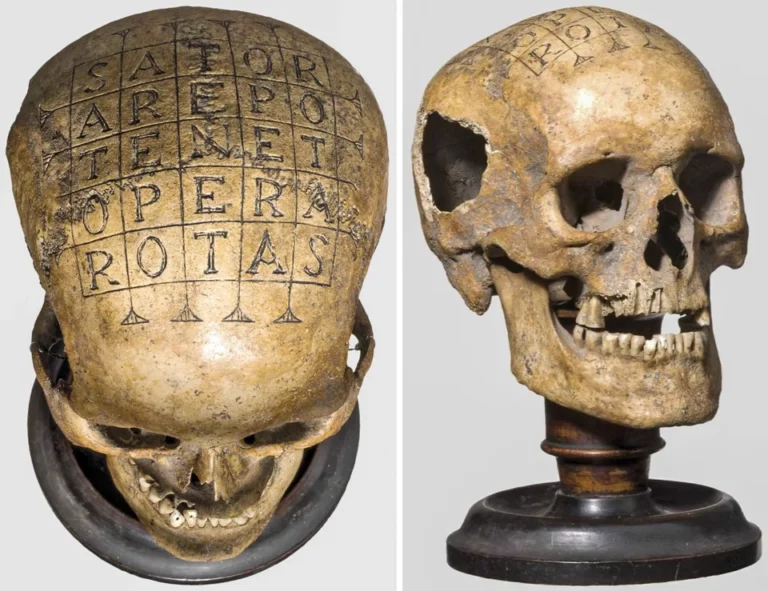The Archaeology of Witchcraft and Magic
Unearthed
Shrouds of mystery and intrigue envelop the dark corners of history. One of the most fascinating and chilling chapters is the history of witchcraft, a story woven with threads of magic, persecution, and secrecy. Archaeology plays a crucial role in unraveling the tales of those accused of witchcraft. This article delves deep into the archaeological evidence that sheds light on the lives, practices, and trials of supposed witches, offering a glimpse into a world shrouded in mystery.
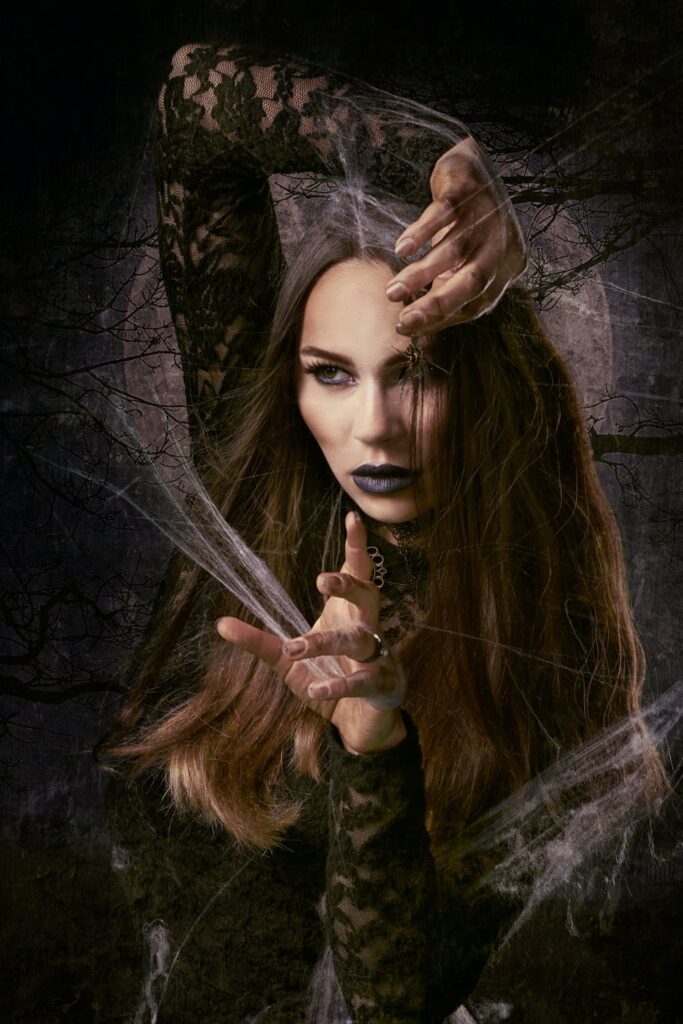
The Pendle Witch Trials
One of the most famous witch trials in England took place in Lancashire in 1612, known as the Pendle Witch Trials. Archaeologists have played a pivotal role in uncovering artifacts and sites associated with this dark episode. In 2011, a 17th-century cottage was discovered near Pendle Hill, the epicenter of the witch trials. Inside the cottage, researchers found a mummified cat bricked into the walls—a practice believed to ward off evil spirits. This discovery offered a tangible connection to the era’s superstitions and the fear that pervaded the community.
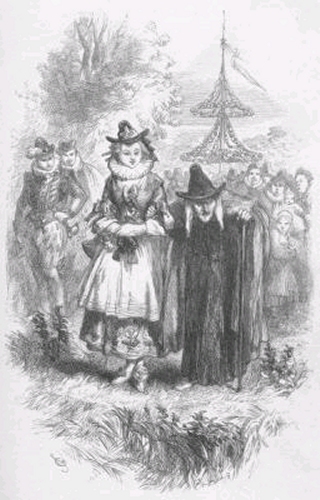
Witchcraft: Potions and Protection
Witches’ bottles are one of the most intriguing archaeological finds related to witchcraft. These small vessels, usually made of stoneware or glass, were filled with a variety of objects believed to protect against witchcraft or counteract spells. Common contents include nails, pins, urine, and thorns. Archaeologists have unearthed witches’ bottles from the 16th to 17th centuries across England and North America, providing insight into the protective measures taken by people living in fear of witches and their supposed powers.
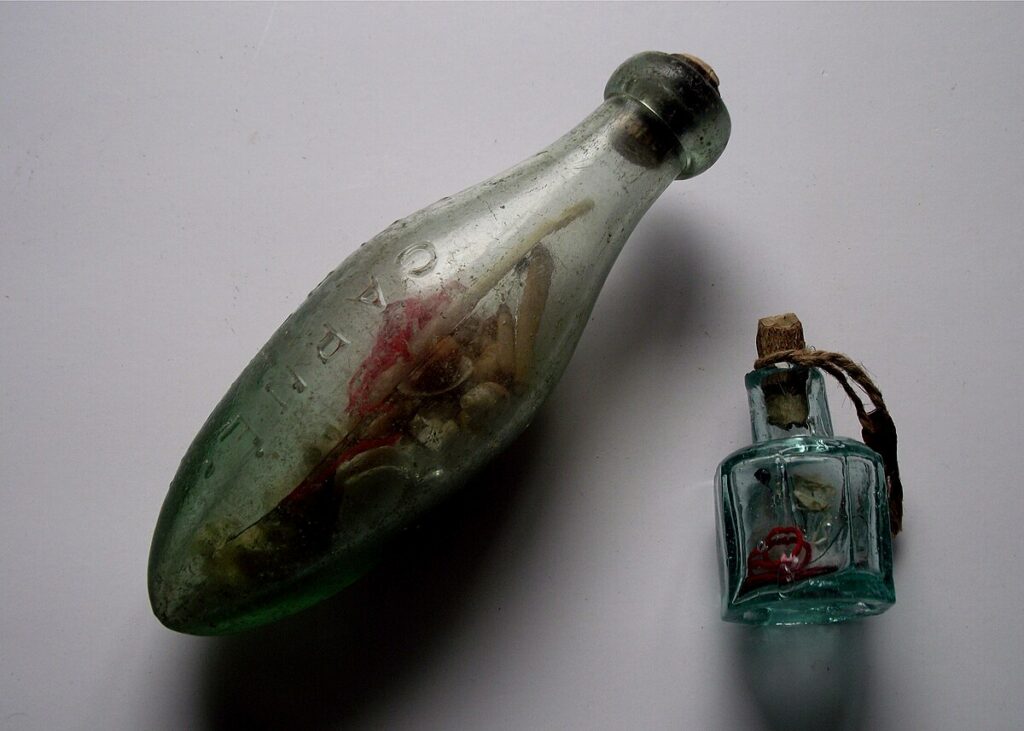
Isobel Gowdie: The Queen of Scottish Witches
The confessions of Isobel Gowdie in 1662 remain one of the most detailed and vivid accounts of witchcraft practices in Scotland. Gowdie confessed to being a witch, providing elaborate descriptions of her interactions with the Devil, shape-shifting into animals, and participating in coven meetings. Archaeologists and historians have scrutinized her confessions, attempting to understand the context in which she lived and the possible locations of her coven’s gatherings. The search for physical evidence continues, as researchers comb through the Scottish landscape, hoping to uncover traces of Gowdie’s enigmatic world.
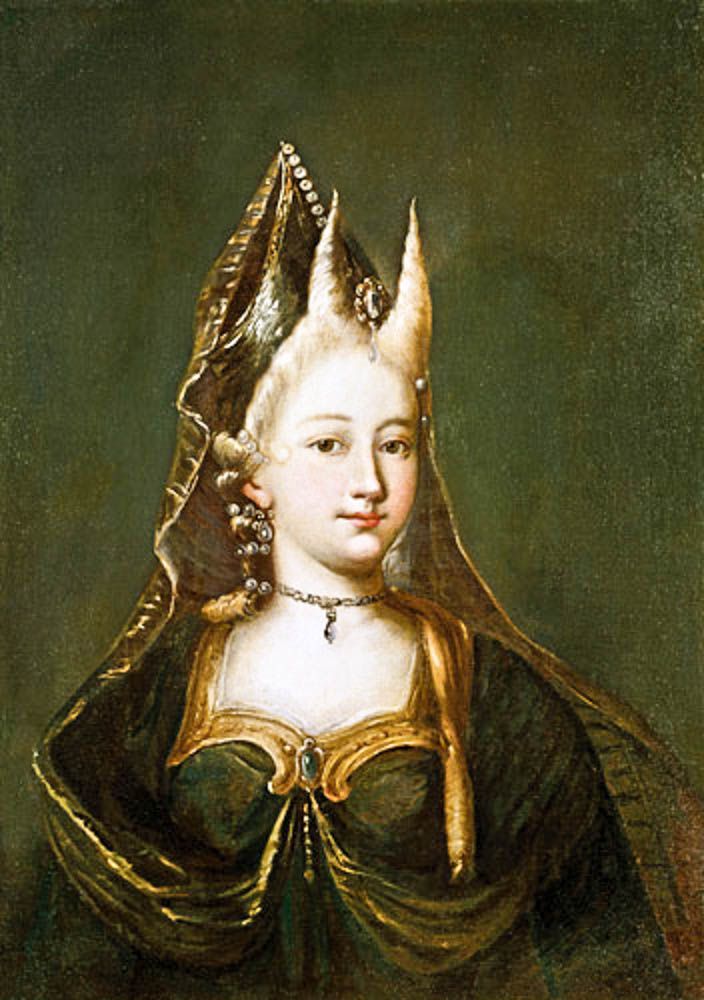
The Salem Witch Trials: Hidden Histories
The Salem Witch Trials of 1692 in Massachusetts, USA, are perhaps the most infamous witch trials in history. Archaeological investigations have played a crucial role in uncovering the physical remnants of this tragic episode. In 2016, researchers confirmed the location of the “Gallows Hill,” where 19 accused witches were executed. This discovery was made possible through the analysis of historical documents, maps, and archaeological surveys, finally putting to rest centuries-old speculation about the site’s location.
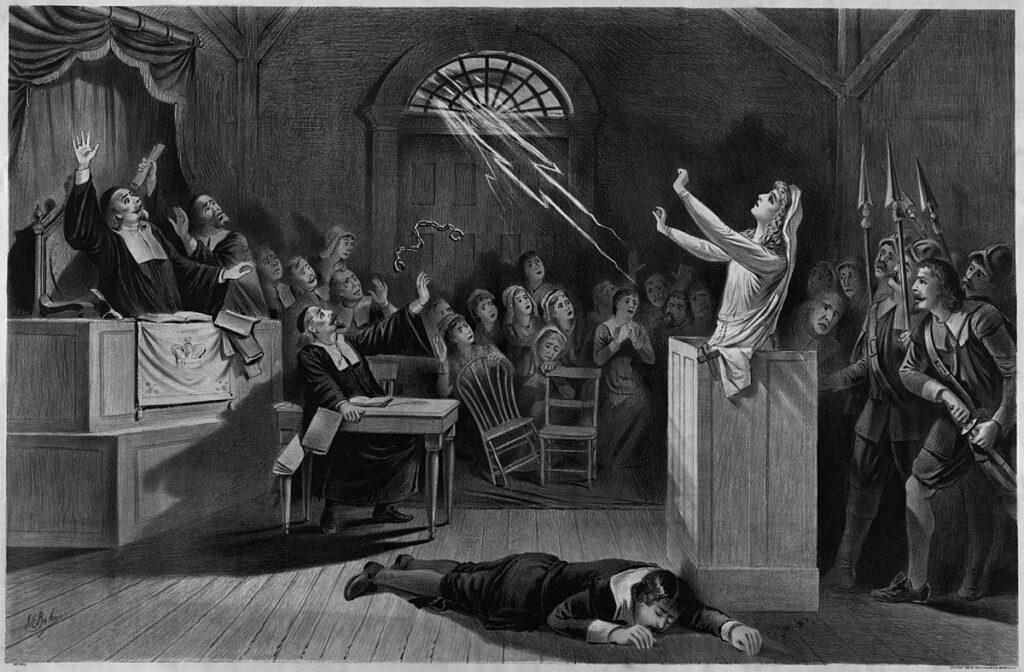
fear and superstition
As the veil between the past and present thins on Halloween night, the archaeological evidence of witchcraft and magic serves as a haunting reminder of a time when fear and superstition dominated society. The artifacts and sites uncovered by archaeologists provide a tangible connection to the lives of those accused of witchcraft, offering glimpses into their beliefs, practices, and the societies in which they lived. These archaeological endeavors ensure that the stories of supposed witches continue to be told, preserving the history of this dark chapter for future generations to explore and understand.
If this enchanting exploration of witches captivated your interest, delve into the mysterious world of vampires by clicking the button below to read your next thrilling article.

“Did you know that the image of witches riding broomsticks has historical roots in medieval folklore? The broomstick was often associated with female domesticity, but it also had connections to pagan rituals. Women would place a broomstick between their legs and leap around in the fields, believing it would encourage crops to grow tall. This practice led to the widespread association of witches with broomsticks, a connection that has been perpetuated in popular culture for centuries!”
